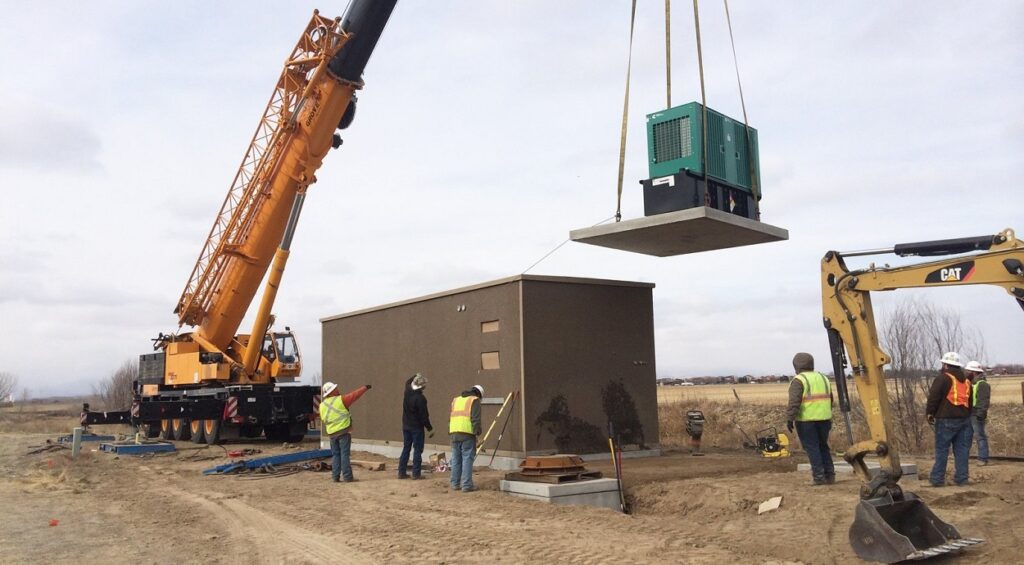Below is a precise Job Safety Analysis JSA for Lifting Activity that includes the loading and unloading of materials using Crane and Boom Truck.
| JOB STEPS | POTENTIAL HAZARD (What can cause harm?) | CONTROL MEASURE (What can be done to prevent it from going wrong?) |
| Preparation and compliance to work permit requirements | Missed information between supervisors and workers regarding safety factors and work instructions | 1. Secure permit and all related documents prior to work. 2. Conduct tool box meeting prior to activity 3. All workers need to be trained and must have training passport. |
| Preparation of working area | Slip, Trip Public traffic Pedestrians | 1. Remove all tripping hazards from the work area. 2. Watch where you are walking. 3. Proper barricade of the working radius and install Lifting Operation signage. 4. Assign personnel to control/guide any vehicle. 5. Flagman/spotter to remain vigilant of errant pedestrians and personnel. 6. Where pedestrian crossings are within the working area either shut the pedestrian crossing or make the crossing safe for pedestrian use. |
| Arrangement of rigging gears material | Harm to personnel due to usage of Defective or Home Made Rigging gears & Tools Unsafe condition and improper position of task Improper housekeeping and arrangement of materials causing Slips, Trips, falls | All Rigging gears or tools shall be kept in good condition. They must be kept clean & stored properly. Defective rigging tools shall be removed from site or disposed. Wear appropriate PPE at all times. Manual handling shall be covered in daily TBT and be implemented on site Assign a two man crew to lift heavy materials. Observe proper work ergonomics. Access and egress must be clear, no obstruction All materials must have a safe distance of 1.2 meters away from the excavation. |
| Set-up for Loading Unloading (Crane and Boom Truck) | Punch point Un-authorized entry Slip, Trip and Fall | Keep hands out of pinch point while Set- up rigging gears and paid. Provide proper Barricade and Lifting Signage’s to stop unauthorized entry. Remove all unused materials and tools from working area, make sure lifting radius should be clear and clean. |
| Loading and Unloading by using Crane & Boom Truck | Un-authorized entry Slip, Trip and Fall Personnel Struck by Swinging load Personnel Struck by Falling load Hitting people or existing facility. Punch point Crane losing balance. Fire and electrocution Mechanical failure Weather Condition Poor maintenance of equipment. Ground stability. Exceeding safe working load. Unauthorized entry in working area. Work without work permit. Crossing under the suspended load. | Provide proper Barricade and Lifting Signage’s to stop unauthorized entry. Remove all unused/ unwanted materials and tools from site. Make sure that the area is level and compacted. Make sure that the outriggers are fully extended. Make sure that supervisor conduct toolbox meeting before the activity. Make sure that all the workers know the hazards involve in the activity. Make sure that the slings, belts and shackles are inspected and color coded. Make sure that the Rigger and Operator is competent person and, has a valid Certification. Valid License required for Operator. Daily crane Inspection checklist must be accomplished by the Crane Operator. The crane must have valid Approved 3rd Party inspection certification sticker on it. Never access the safe working load in any condition. Make sure that the Crane/boom truck is parked away from the overhead power lines. Never allow anybody to cross under the suspended load. Minimum 2 tag lines shall be used to control suspended load Practice ergonomics I manual lifting safety. Check rigging before lifting. Make sure that area is barricaded and sign boards are placed. |
| Emergency Response | Serious injury, illness Equipment accident/fire Fatality Lost work day | In case of emergency all work shall be stopped immediately and Emergency response plan shall be activated. Emergency telephone numbers must be posted at site. Wind speed and direction shall be monitored through wind sock with wind meter. Mobile phone available with Supervisors & Safety personnel at Site All the workers to be trained on ERP and how to evacuate. |
| Heat Stress | Work during hot weather, (fainting, collapse, cramps, fatality, heat stroke, heat exhaustion, and other heat related illnesses | Training about heat stress management, acclimatization for workers, provide cold drinking water at site at all times; availability of approved rehydration solution when needed, sufficient rest break interval. |
| Clean up / House keeping | Sharp objects | Wear protective gloves Be attentive and alert. Dispose off material in appropriate manner. Close out work permit return to office daily. |

